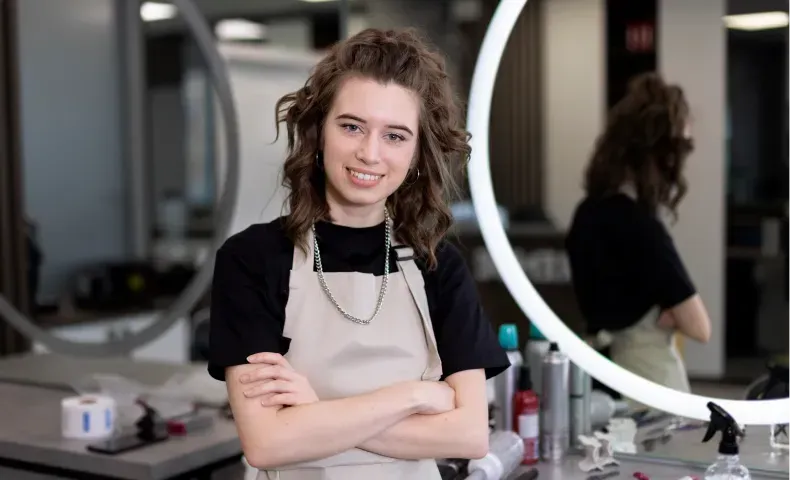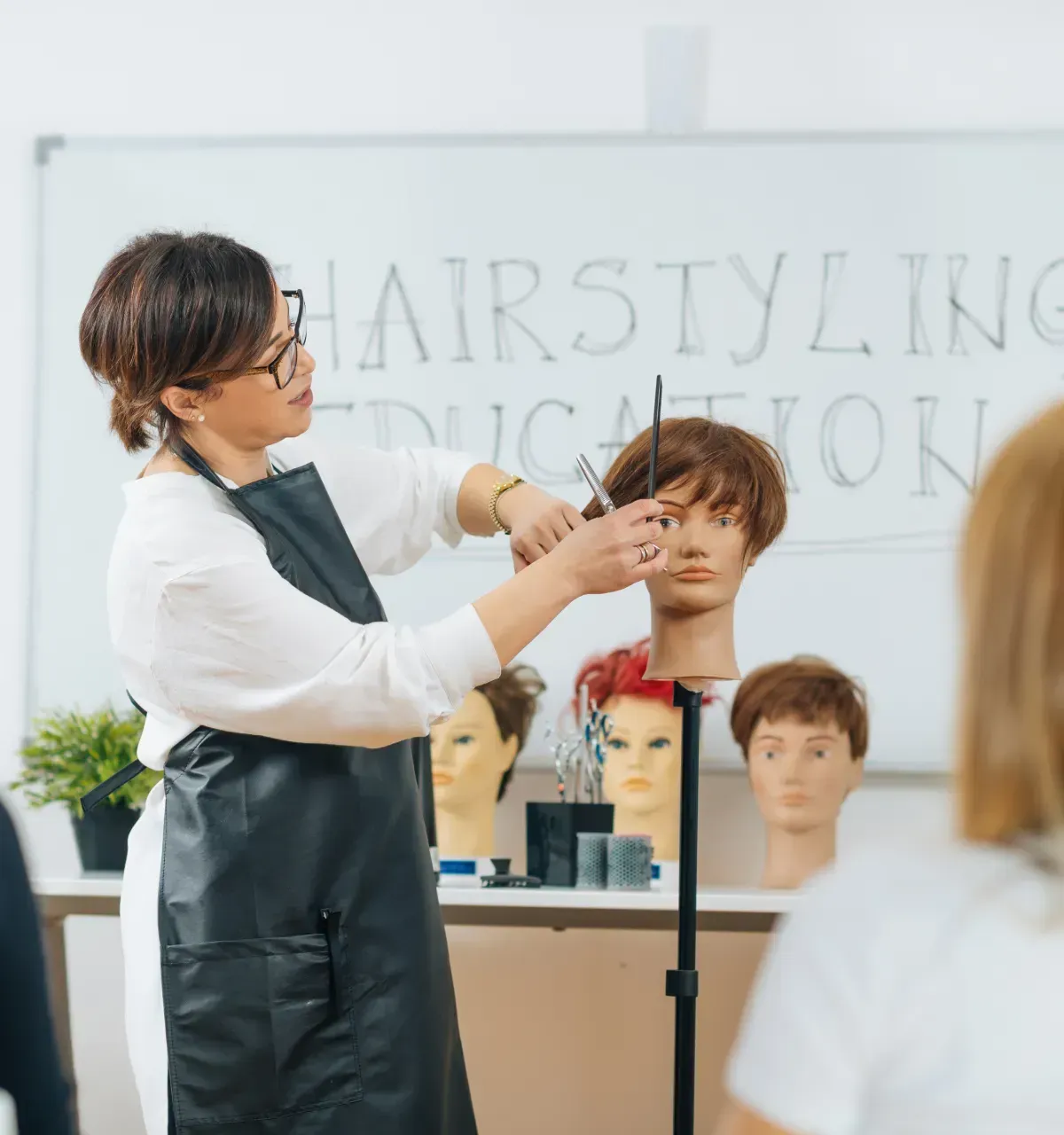More than a supplier. More than a school. Your beauty
success partner

Beauty Distribution
Metro Beauty is trusted supplier and distributor of premium beauty products, delivering exceptional tools and brands to salons and stylists across Canada.

Beauty Education
Metro Beauty Academy offers advanced beauty education, empowering professionals with cutting-edge techniques and certifications to elevate their craft.

Business Consultants
Metro Beauty provides expert business consulting services, equipping salon owners with innovative strategies to drive growth and success.
New Products Arrivals
Davines
IO Liquid Luster
Rica Italy
Opuntia Oil Treatment
Davines
The Present Time
You Deserve More
Than a Retail Supplier
Too many distributors sell to anyone, leaving professionals competing with drugstores and online shops. You deserve exclusive access, authentic education, and a partner who understands the business of beauty.
Clients can buy your products anywhere
No guidance or education, just products
Lack of reliable B2B support and stock

Why Professionals Choose Metro Beauty

Eco-Luxury Brands
Curated global brands focused on performance, sustainability, and salon exclusivity.

Pro-Only Access
We supply only to certified industry professionals—never direct to consumers.

Education & Concierge Support
Ongoing training, brand onboarding, and sales mentorship to grow your business.
HOW IT WORKS
Elevate Your Salon in 3
Simple Steps

Step 1 – Apply for Account
Submit your professional credentials to unlock access.

Step 2 – Access Brands & Education
Stock premium products and train your team with expert sessions.

Step 3 – Grow with Support
Increase service and retail revenue with guidance from our team.
The Brands Behind Canada’s
Leading Salons










EDUCATION & TRAINING
Education That Elevates
Your Craft
From technique masterclasses to business-focused workshops, we help professionals grow skill, service, and retail success.
COURSES
EVENTS
LATEST NEWS
What Our Clients Are Saying
Elevate Your Salon in 3 Simple Steps
Join Canada’s community of beauty professionals who choose integrity, education, and eco-luxury.
FAQs
Quick answers to our most common questions.
Who can open a Metro Beauty professional account?
Metro Beauty is a B2B-only distributor, serving licensed beauty professionals, salons, barbershops, and spa owners across Canada. To ensure exclusivity, all new accounts require proof of professional certification or business registration.
Do you sell directly to consumers?
No. Metro Beauty is strictly professional-only. We do not sell retail products directly to consumers. This ensures that our partner salons and stylists maintain exclusive access and pricing advantages with no retail competition.
What brands does Metro Beauty distribute?
We proudly represent premium, eco-luxury brands including Davines, Rica, Eufora, Depot, Sachajuan, Parlux, Framar, Olivia Garden, and more. Each brand is chosen for its performance, sustainability, and professional exclusivity.
How do I apply for a professional account?
Simply visit our “Become a Pro Partner” page, complete the short application form, and upload your professional credentials. Our team will review your submission and activate your account within 1–2 business days.
Do you offer education or training for stylists and salons?
Absolutely. Education is at the heart of what we do. We offer seasonal workshops, brand certification programs, and in-salon training sessions to help your team grow skills, confidence, and revenue. Check our Education Calendar for upcoming classes.
Need more information?
Have questions or want to learn more? We’re here to help—get in touch today!
Stay Connected with Metro Beauty
Join our newsletter to get updates on new brand arrivals, upcoming education sessions, and
exclusive salon promotions—crafted just for beauty professionals.
By subscribing, you agree to our privacy policy and updates
Address:
Metro Beauty, 315 New Huntington Rd,
Woodbridge ON, L4H 0R5
Phone:
Local: (905) 850 7131
Toll Free: (800) 263-2365
Email:
Open Hours:
Monday – Friday: 08:00 AM – 04:00 PM
Social Media
QUICK LINKS
BRANDS
COURSES
©2025 Metro Beauty Supply. All rights reserved.
Terms and Condition
Privacy Policy
Terms and Condition
Privacy Policy






